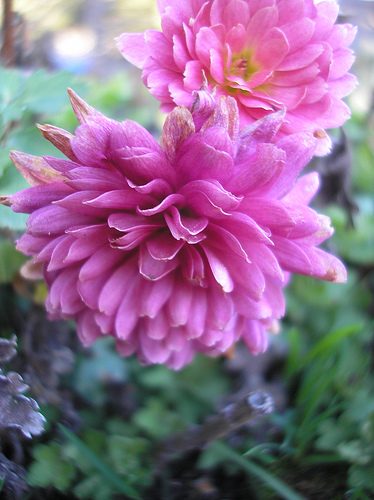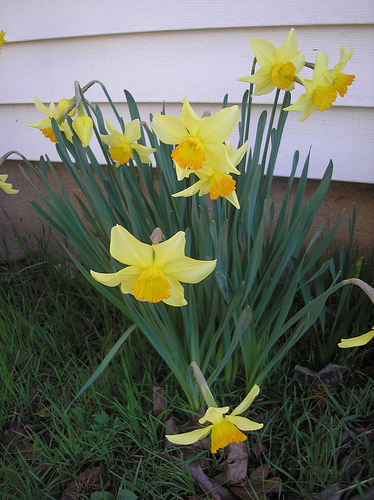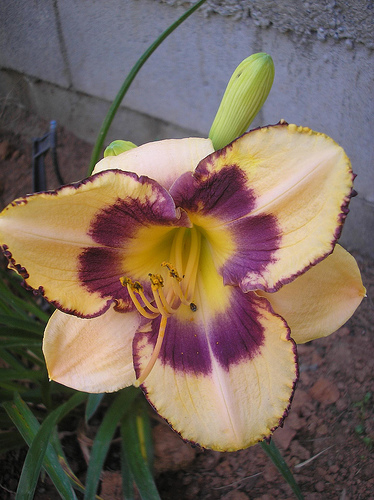I was sick with the flu this weekend so my boys decided yesterday afternoon to talk a walk without me….the afternoon was bright and sunny in between a cloudy morning and a snowy evening.
Here are some photos they took on their walk to share with me when they returned home.
Love the sky in this one!
Here is a view coming down the walking trail with a beautiful perspective of someone’s house with a horse in the yard. (click to make the photo larger and you will see the black horse by the house)
That fits our mammal study. We haven’t ever really learned about horses but we can now in the Handbook of Nature Study on pages 274-280.
Anna Botsford Comstock says:“Begin this study of the horse with stories of wild horses.”
I have the whole collection of Marguerite Henry books on my shelf and I don’t think my boys have ever read them. I know we read Brighty of the Grand Canyon on a road trip to the Grand Canyon but other than that, they have not tasted the delights of King of the Wind, Misty-Stormy’s Foal, Justin Morgan Had a Horse, or any of the other wonderful books about horses that I read as a child. I need to dust those off and encourage the boys to read them. You can see my sidebar to find some of these wonderful horse stories that you can use along with your nature study with your children.
One last photo from their walk. Here is the llama that I have shared before but this time he was way down by the fence so the boys could take a photo of his head peeking out from the bushes.
Even though I didn’t get to go with boys on their walk, I did get to enjoy the stories and the photos.








